When it comes to sports footwear, the right pair of shoes can make all the difference in performance, comfort, and injury prevention. In the world of court sports, basketball and volleyball require specific kinds of shoes designed to meet the unique demands of each game. But how do these two types of footwear differ, and which one is right for you? This comprehensive guide explores the critical differences between basketball and volleyball shoes, helping you make an informed choice that enhances your game!
Understanding the Basics: What are Basketball and Volleyball Shoes?
Before diving into the specifics, it’s essential to clarify what basketball and volleyball shoes are designed for. Both are created for indoor court play, but their construction and features vary significantly based on the movements and playing styles of each sport.
Basketball Shoes
Basketball shoes are designed for lateral movements, jumping, and quick pivots. These shoes generally feature a high-top style to provide ankle support during the intense lateral movements typical of basketball. The soles are typically made from rubber with a herringbone pattern for excellent traction on the court. Popular models include the Nike Air Jordan and Adidas Harden, both of which have become cultural icons in addition to their athletic performance.
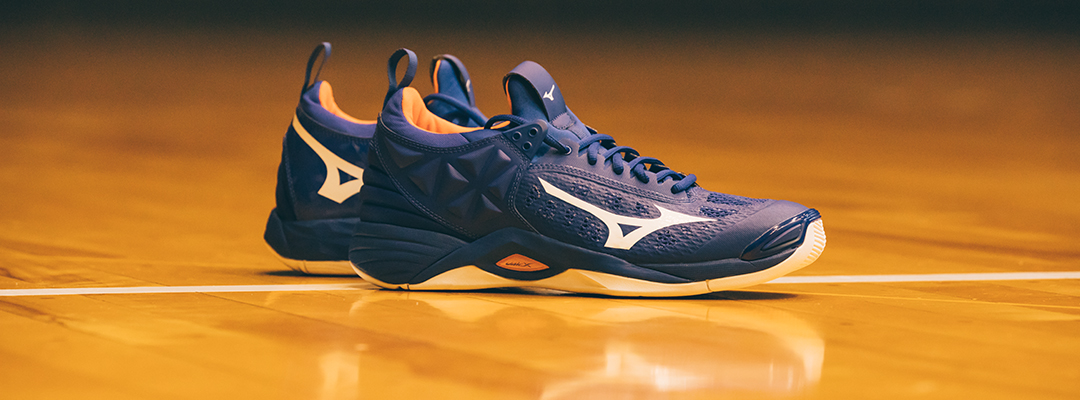
Key Features of Basketball Shoes
- High-top design for ankle support
- Thick cushioning for shock absorption
- Rubber outsoles with traction patterns for grip
- Lightweight materials for speed
Volleyball Shoes

Volleyball shoes are designed for swift forward and backward movements, jumping, and landing. They typically have a low-top design, allowing for more freedom of movement in the ankle. The outsoles are often made from gum rubber, providing superior grip and durability on indoor surfaces. Brands like Mizuno Wave and ASICS Gel-Rocket dominate this category, known for their performance features tailored for volleyball players.
Key Features of Volleyball Shoes
- Low-top design for flexibility
- Shock-absorbing midsoles for impact protection
- Gum rubber outsoles for grip on court
- Breathable materials for ventilation
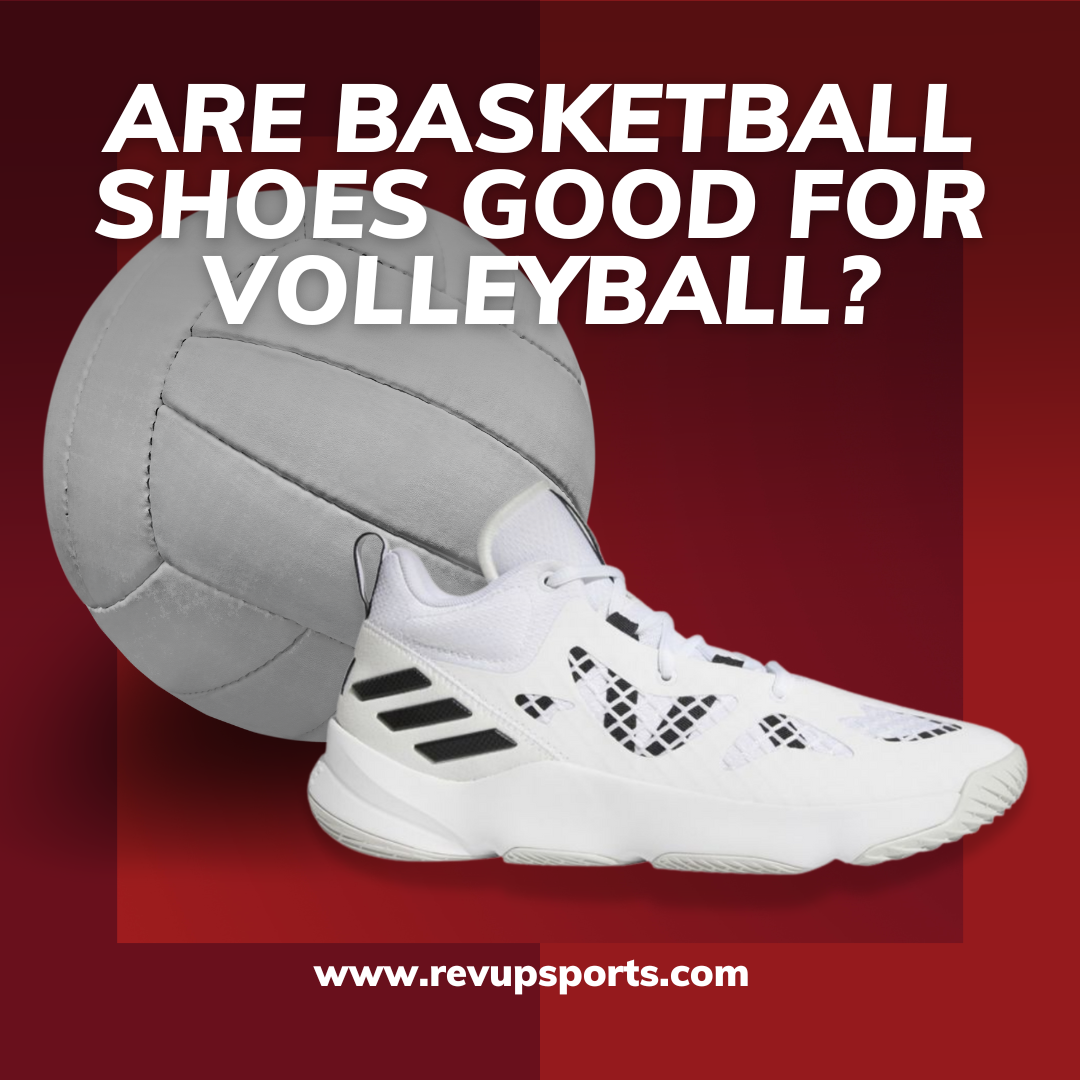
Head-to-Head Comparison: Basketball Shoes vs. Volleyball Shoes
| Feature | Basketball Shoes | Volleyball Shoes |
|---|---|---|
| Design Type | High-top | Low-top |
| Cushioning | Thick cushioning for impact | Shock-absorbing midsoles |
| Traction | Rubber with herringbone pattern | Gum rubber for quick stops |
| Weight | Moderately heavy | Lightweight |
| Flexibility | Less flexible, more structured | Highly flexible |

Choosing the Right Shoe for Your Needs
When selecting the right footwear, consider your primary sport, playing style, and personal preferences. Here are some tips to guide your decision:
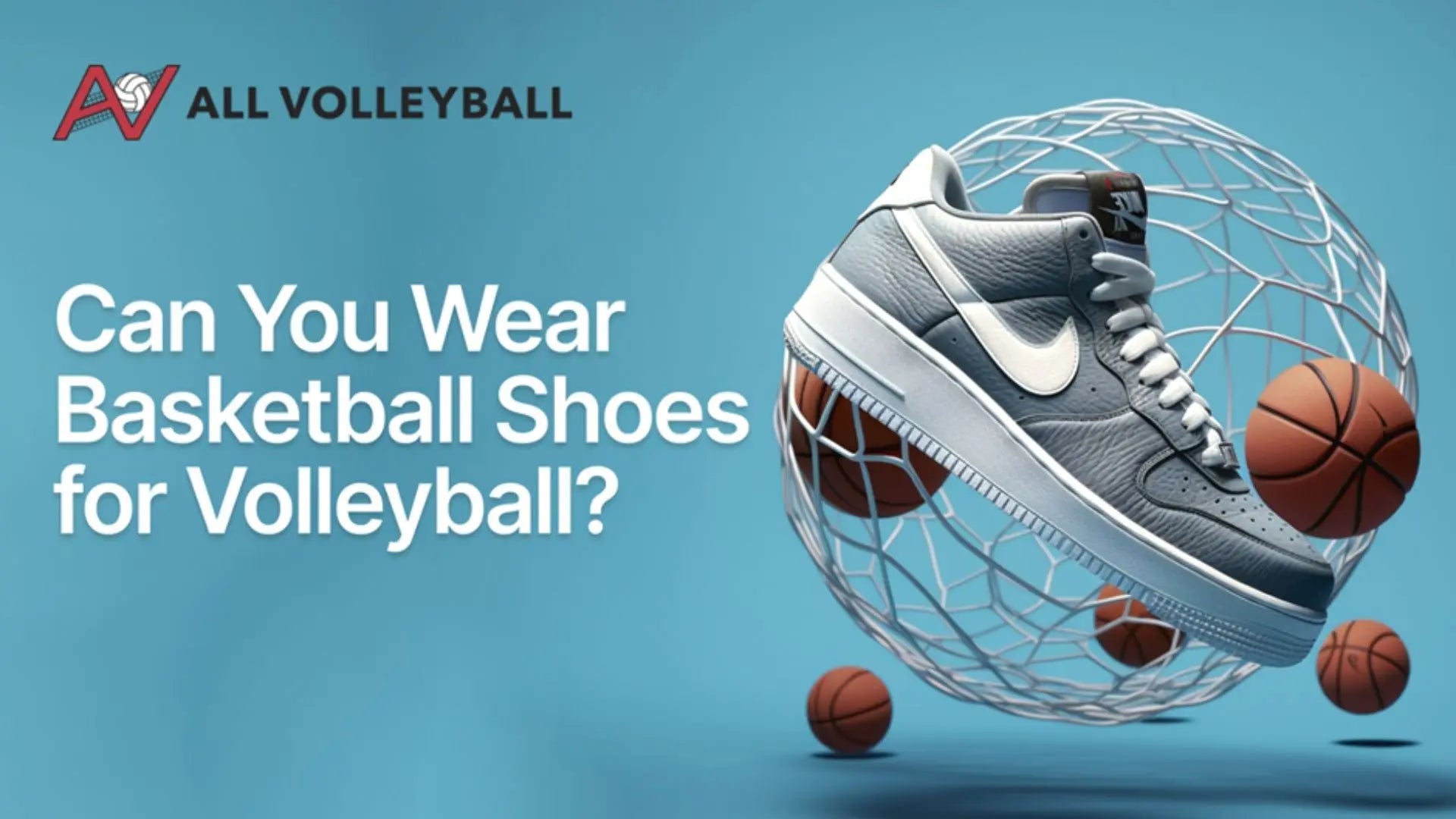
1. Assess the Type of Movement
If you’re primarily playing basketball, opt for shoes that provide ankle support and stability. For volleyball, look for shoes with flexibility to aid in sprinting and jumping.
2. Consider the Court Surface
Different court surfaces require different shoe features. Wooden courts, common in basketball, benefit from shoes with herringbone patterns, while volleyball courts often work well with gum rubber soles for excellent grip.

3. Fit and Comfort
Always prioritize comfort and fit. Shoes that are too tight or too loose can lead to blisters or injuries. Consider trying on multiple sizes and styles to find your perfect match.
Real-World Experiences: User Testimonials
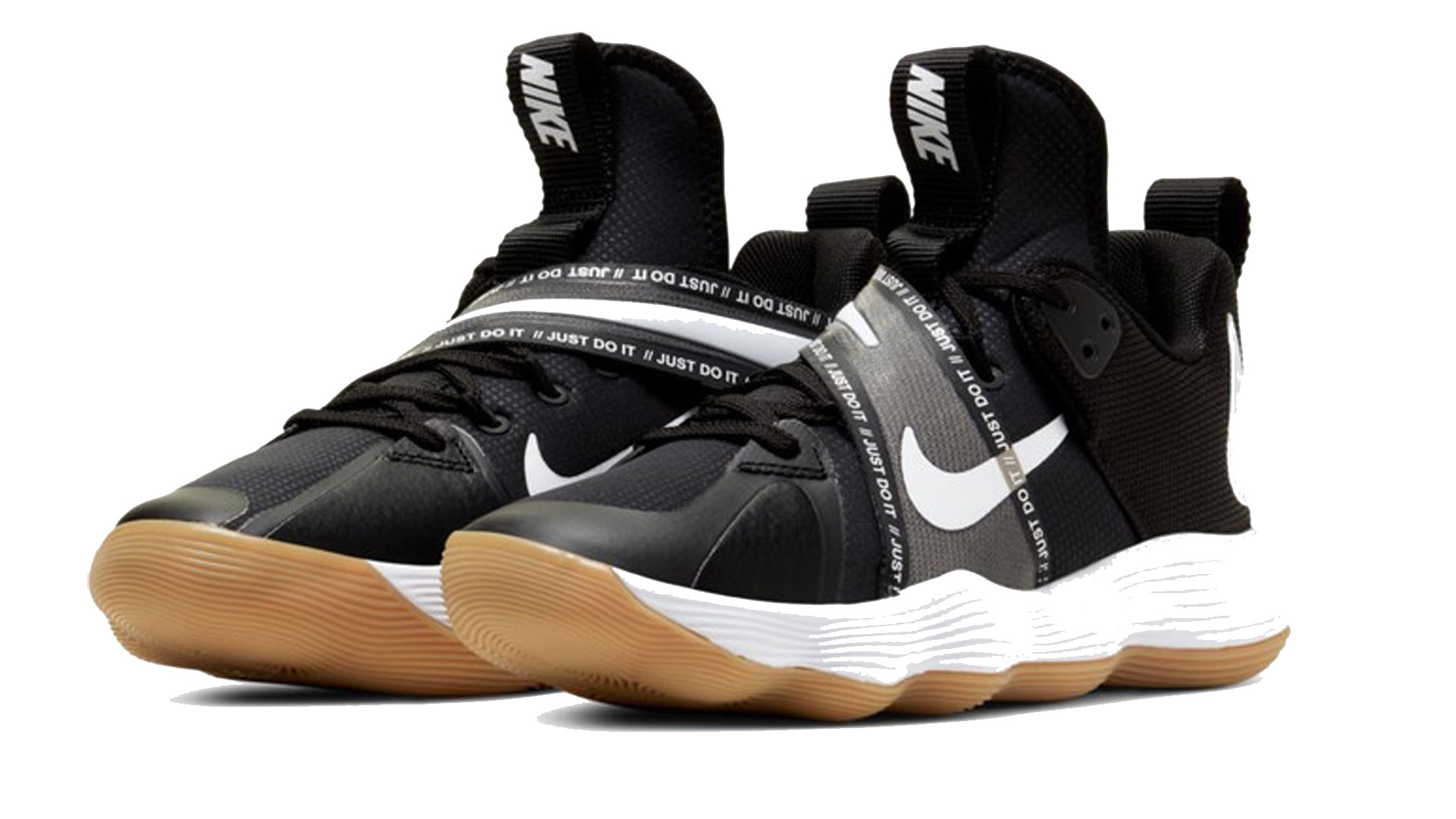
Basketball Shoe Experience
John, a high school basketball player, shares, “I used to wear running sneakers during games, and I kept rolling my ankle. After switching to Jordan 1s, I felt a dramatic improvement. The ankle support was a game changer!”
Volleyball Shoe Experience
Sarah, an avid volleyball player, states, “I’ve always played in ASICS. The Gel-Rocket 9 gives me the agility I need. I can jump higher and land safely, which has helped improve my performance significantly!”
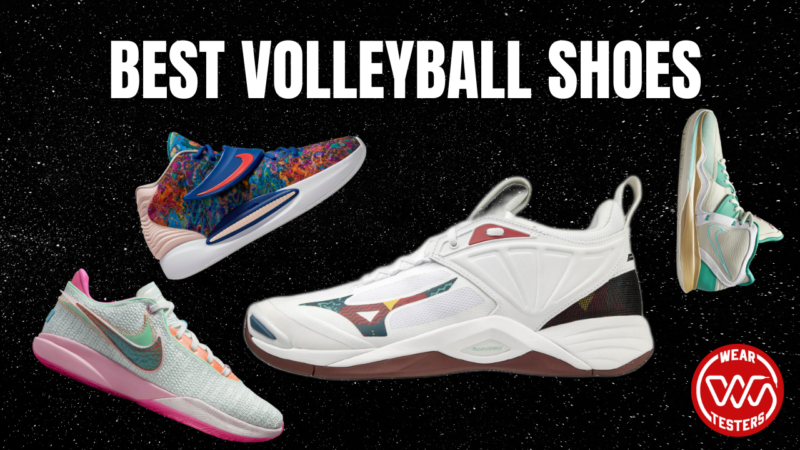
Successful Product Highlights
When it comes to high-performance footwear, certain models stand out in the U.S. market due to their popularity and positive reviews.
Top Basketball Shoes
- Nike Air Jordan 35: Rated 4.8/5 on various footwear review sites, renowned for its balance between support and flexibility.
- Adidas D.O.N. Issue #2: With a rating of 4.7/5, this shoe is praised for its affordability and performance on the court.
Top Volleyball Shoes
- Mizuno Wave Lightning Z3: A favorite among volleyball players, rated 4.9/5, known for its lightweight feel and excellent traction.
- ASICS Gel-Rocket 9: Highly rated at 4.8/5, appreciated for its cushioning and support during intense matches.
Pros and Cons of Basketball and Volleyball Shoes
Basketball Shoes
- Pros:
- Excellent ankle support
- Designed for high-impact activities
- Variety of styles and colors available
- Cons:
- Can be bulky and heavy
- Not always suitable for other sports
Volleyball Shoes
- Pros:
- Lightweight and flexible
- Great traction for quick movements
- Versatile for various indoor sports
- Cons:
- Less ankle support
- May wear out quicker than basketball shoes
FAQs: Common Questions Asked by Footwear Enthusiasts
1. Can I wear basketball shoes for volleyball?
While you can wear basketball shoes for volleyball, they may not provide the required flexibility and grip that volleyball shoes offer, potentially affecting your performance.
2. Are volleyball shoes good for running?
Volleyball shoes are not specifically designed for running, but their lightweight and cushioned designs can work well for short-distance sprints.
3. How should basketball shoes fit?
Basketball shoes should fit snugly without being overly tight. You should have about a thumb’s width of space between your longest toe and the shoe’s end.
4. What materials are best for volleyball shoes?
Look for lightweight, breathable materials like mesh, which can provide ventilation and comfort during intense matches. Rubber outsoles are also essential for traction.
5. Do basketball shoes make a difference in performance?
Yes, the right basketball shoes can significantly enhance performance by providing support, cushioning, and traction needed for the sport’s dynamic movements.
6. What is the average lifespan of basketball and volleyball shoes?
Typically, basketball shoes last about 6 months of frequent use while volleyball shoes may last about 4-6 months, depending on usage and wear.
7. Should I buy shoes specific to my position in basketball or volleyball?
While it’s not necessary, players often find position-specific shoes beneficial. Guards may prefer lighter shoes for speed, while forwards may choose those with more ankle support.
By understanding the differences between basketball and volleyball shoes, you can make a more informed choice that not only enhances your play but also keeps your feet comfortable and protected. Whether you’re soaring to the hoop or diving for a ball, having the right footwear is essential for any athlete. Experience the thrill of the game with the right shoes!
For more footwear insights, check out Footwear News.